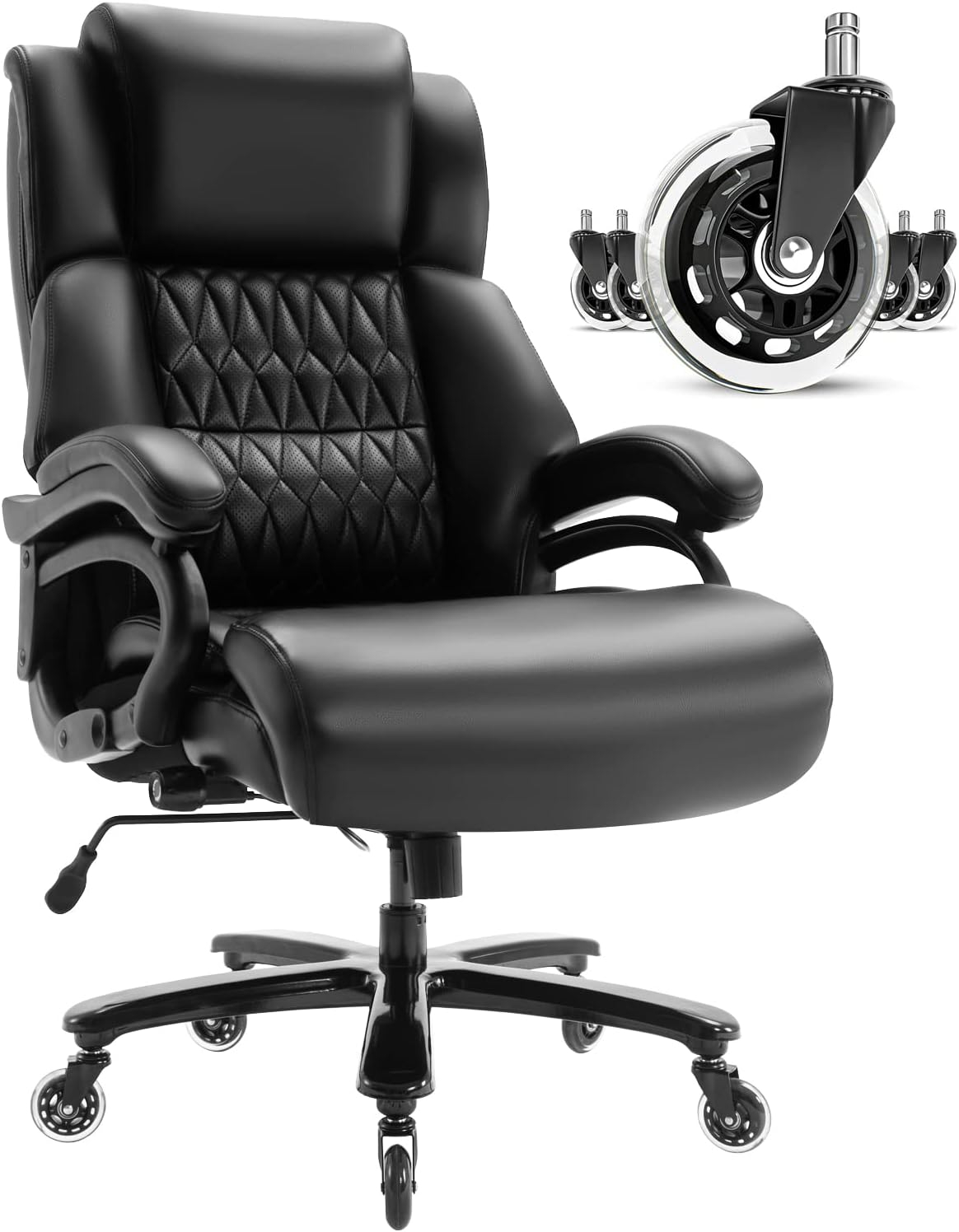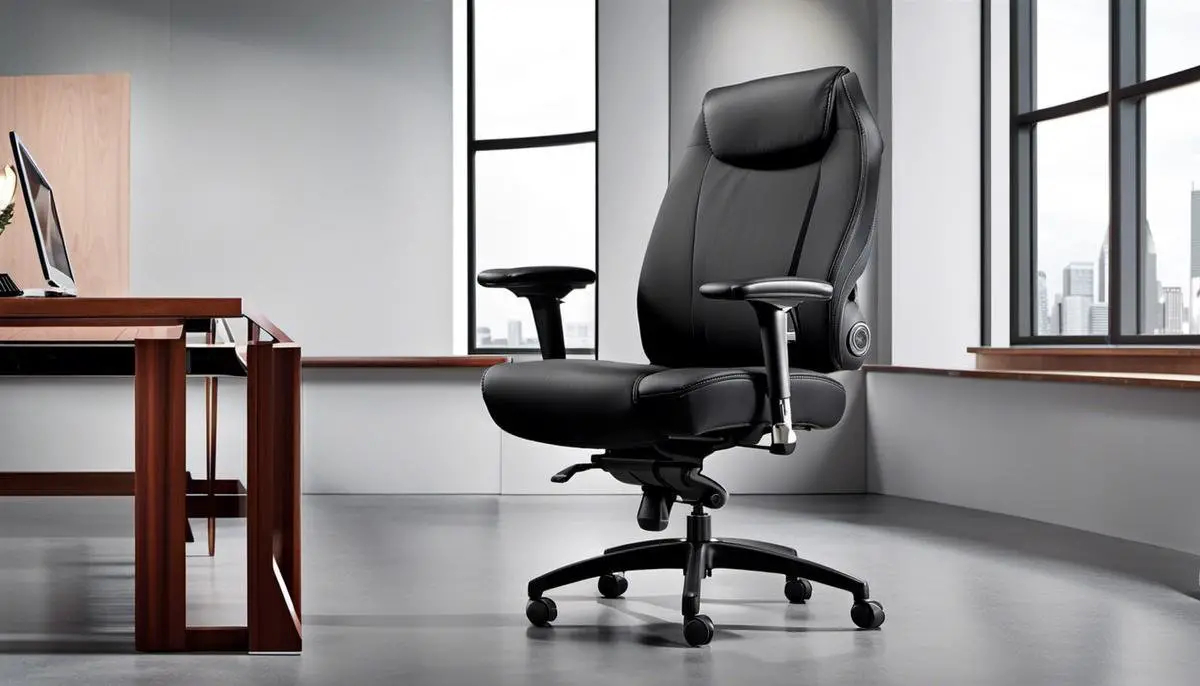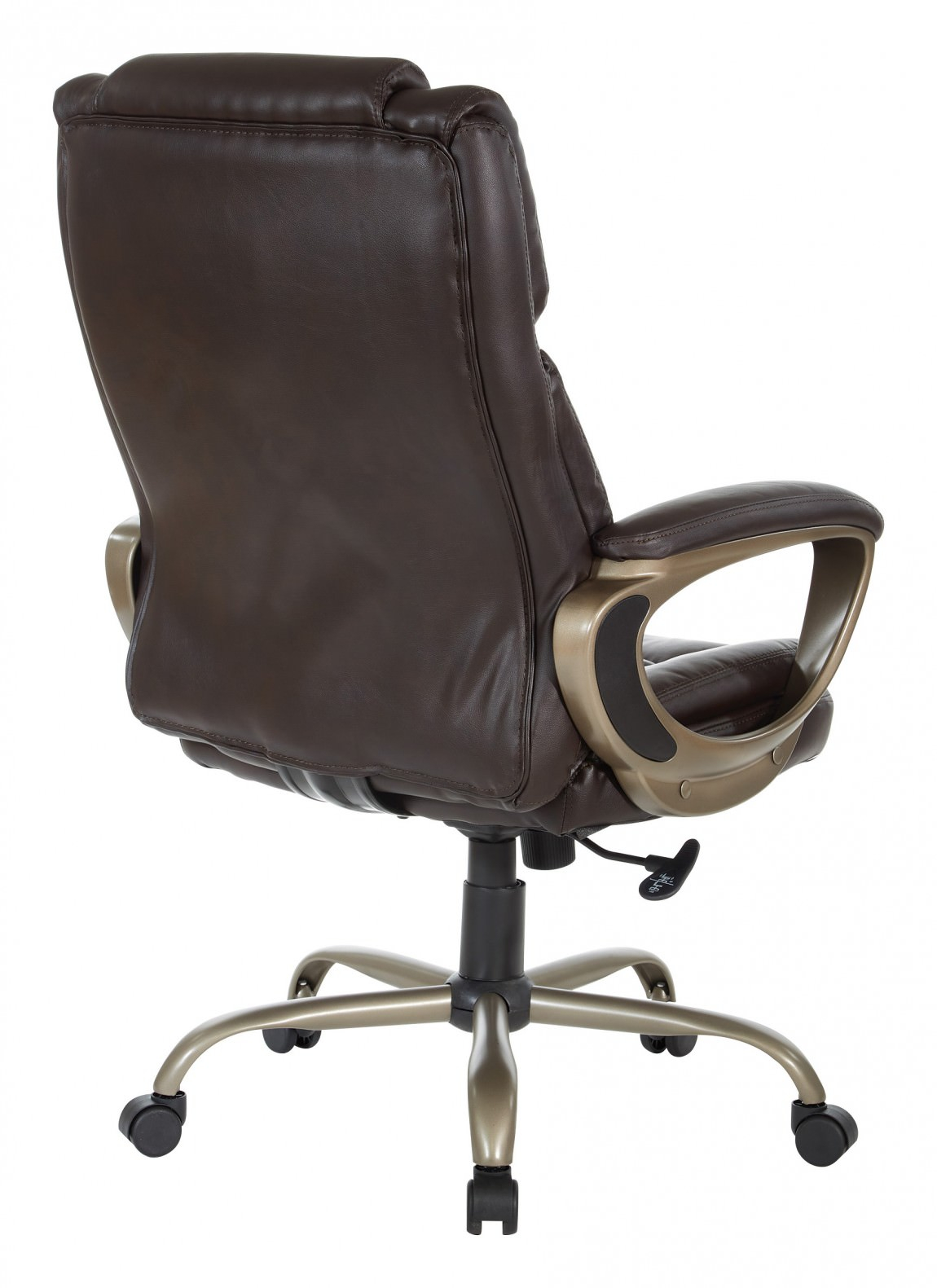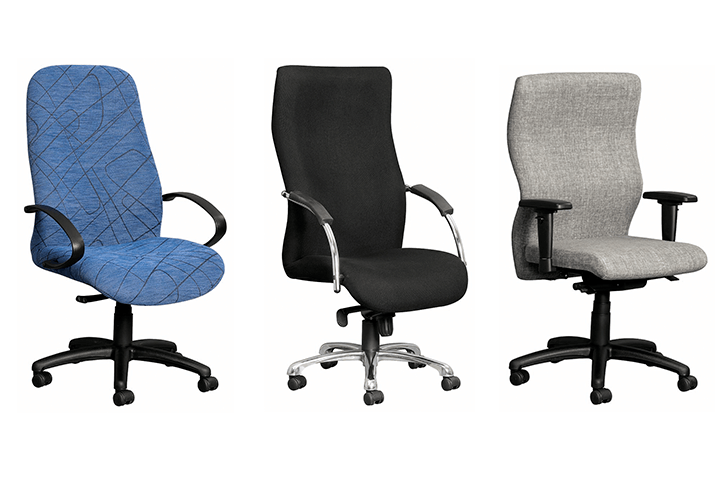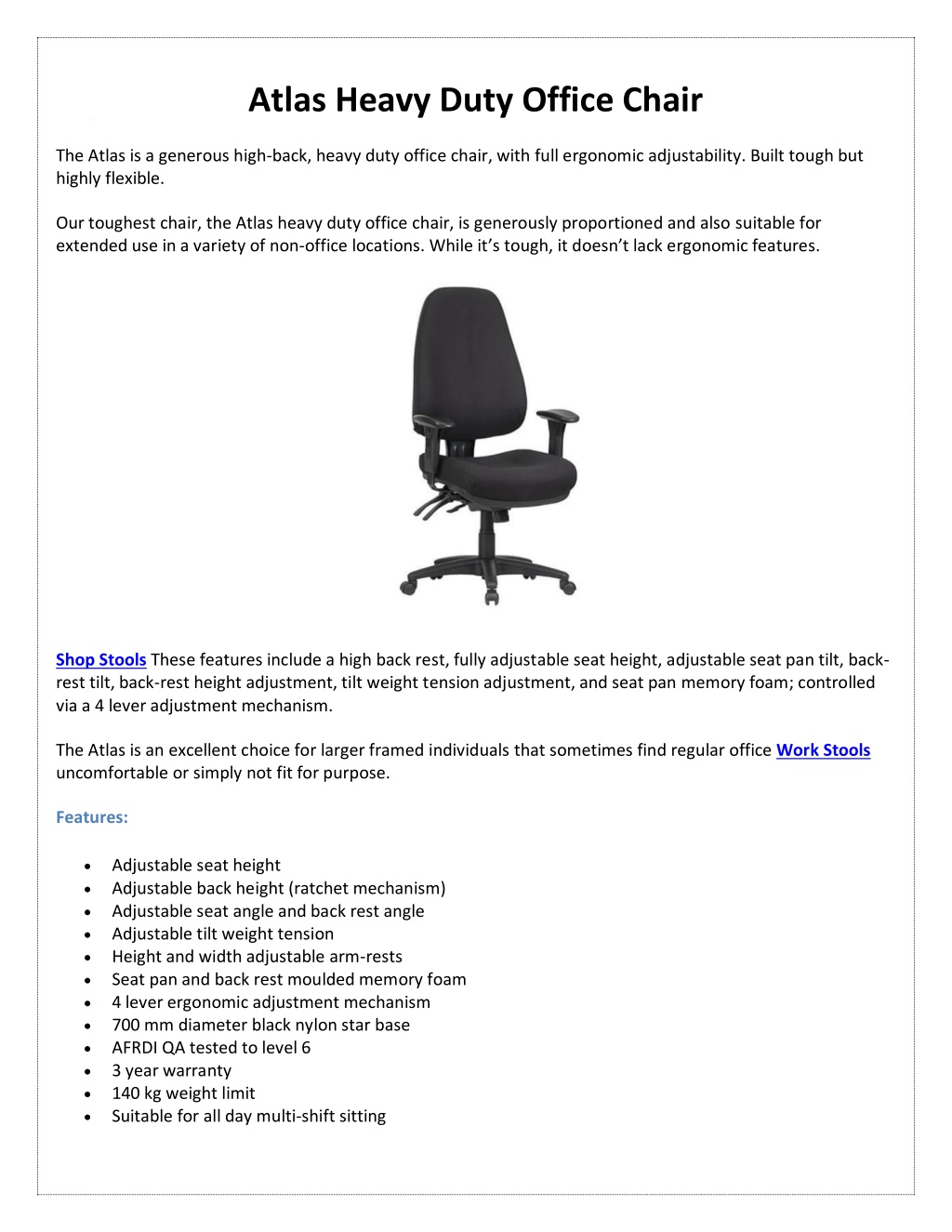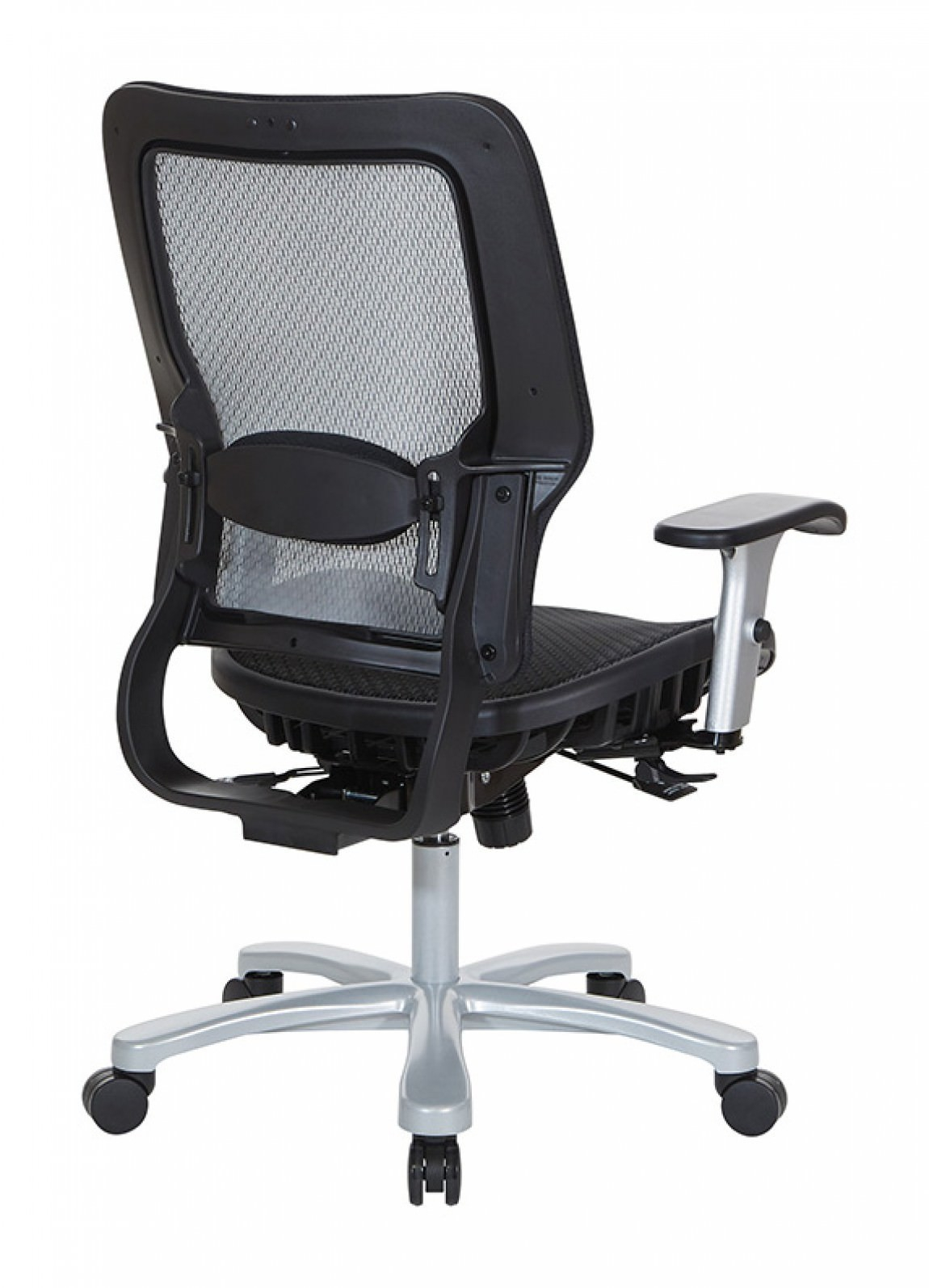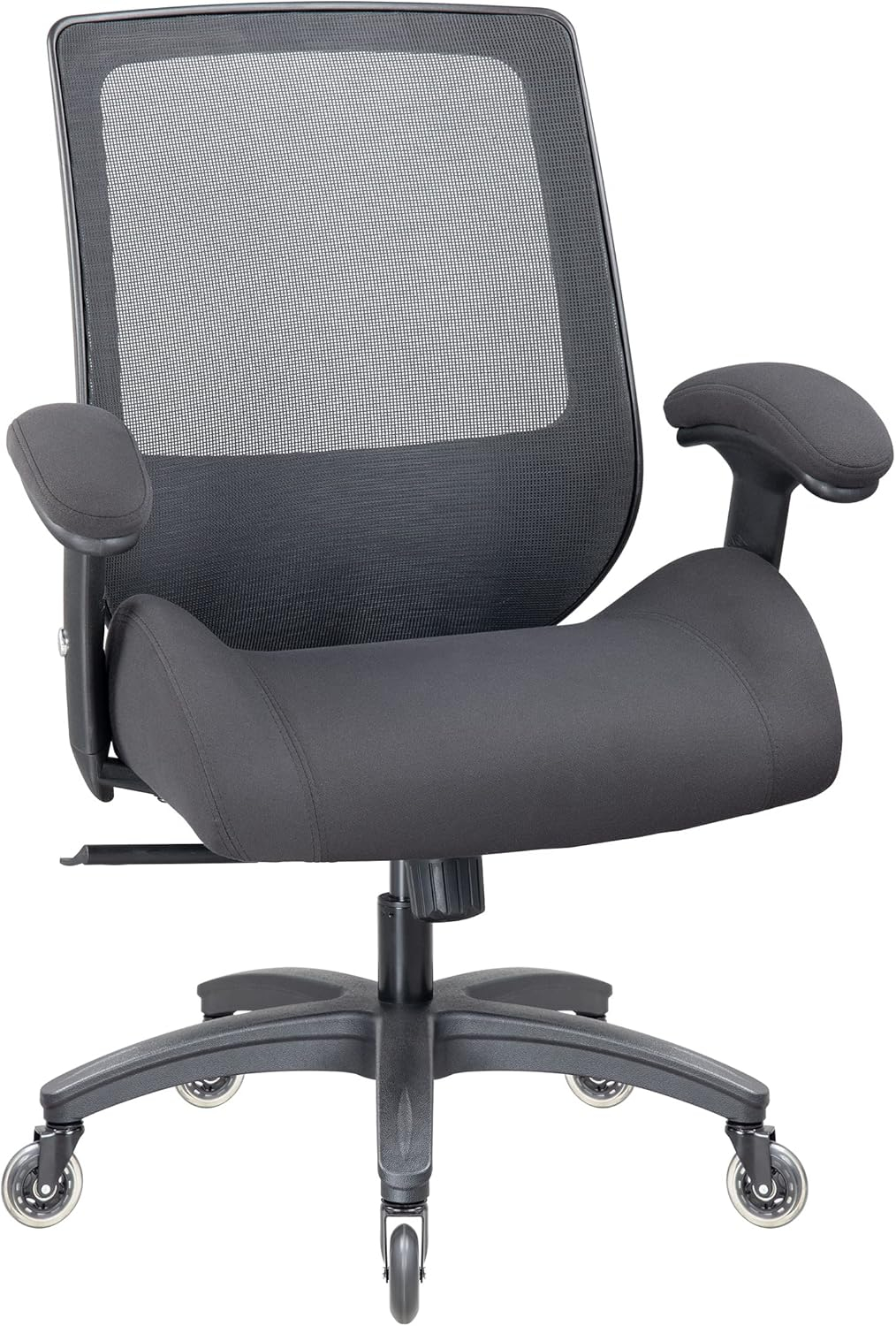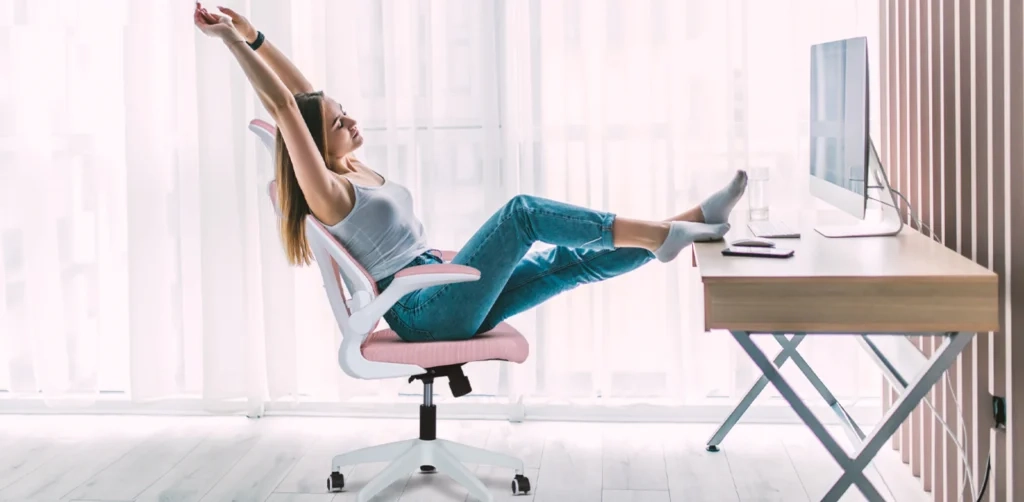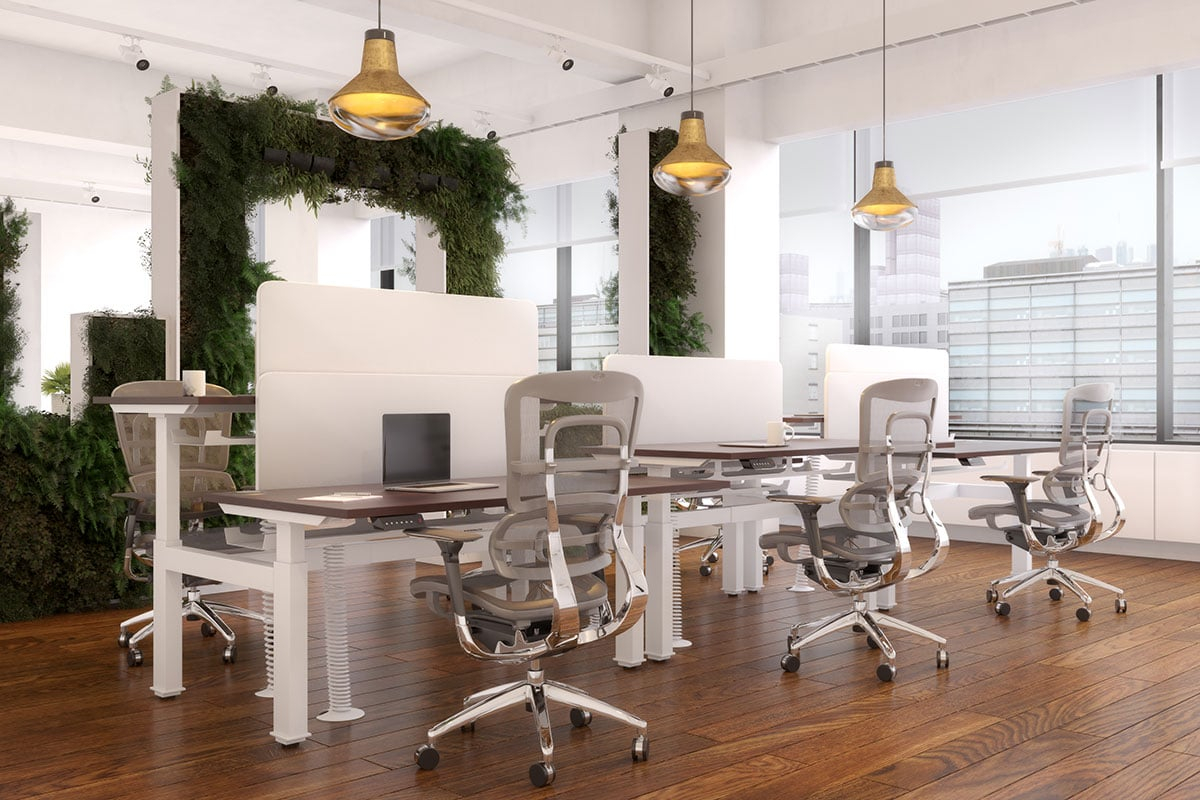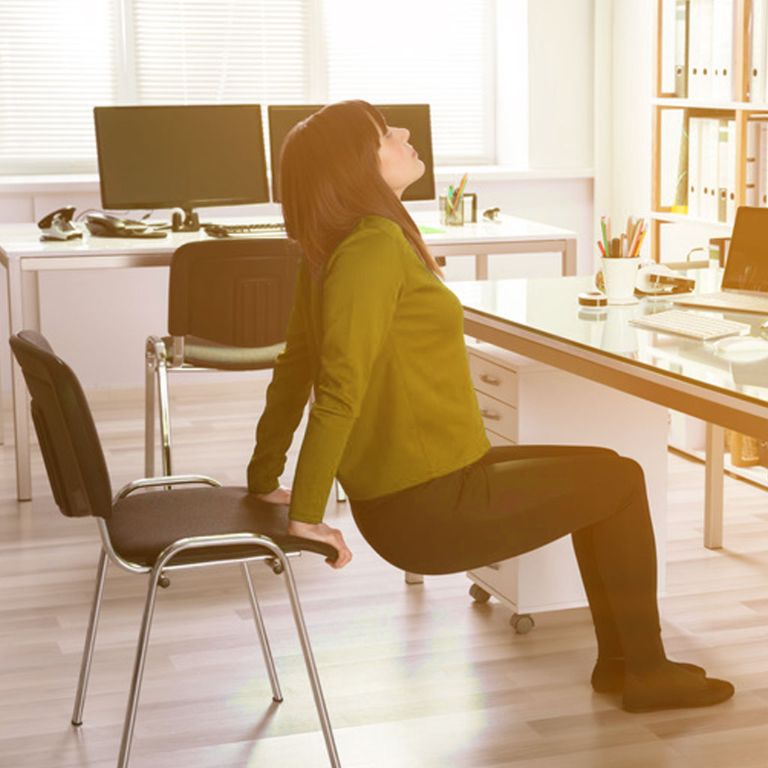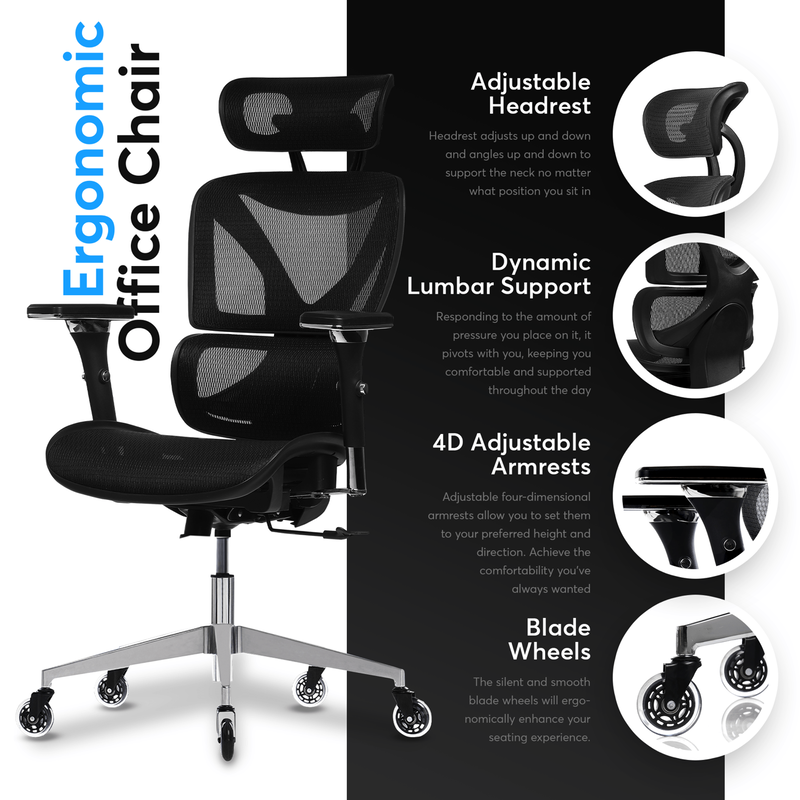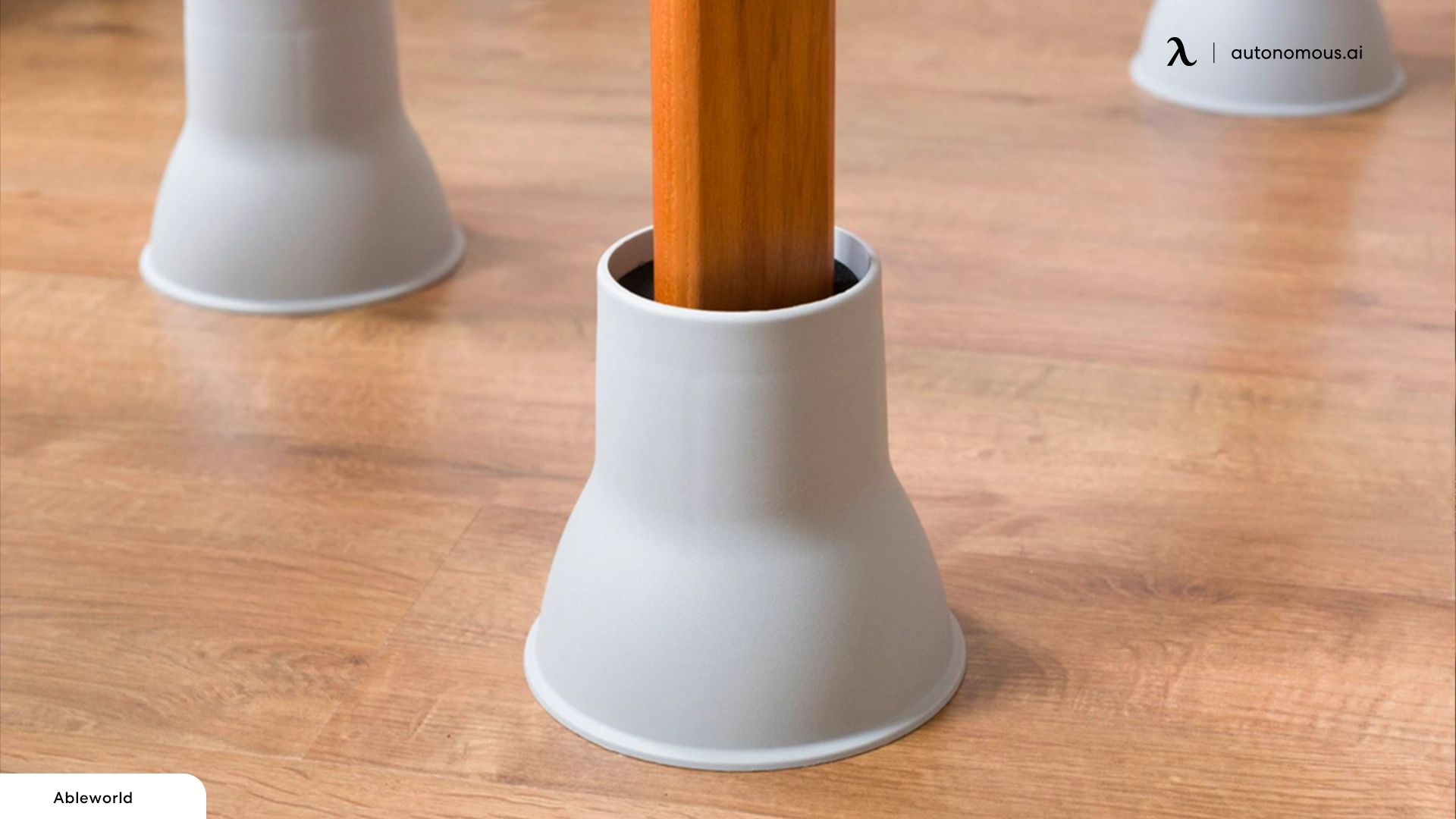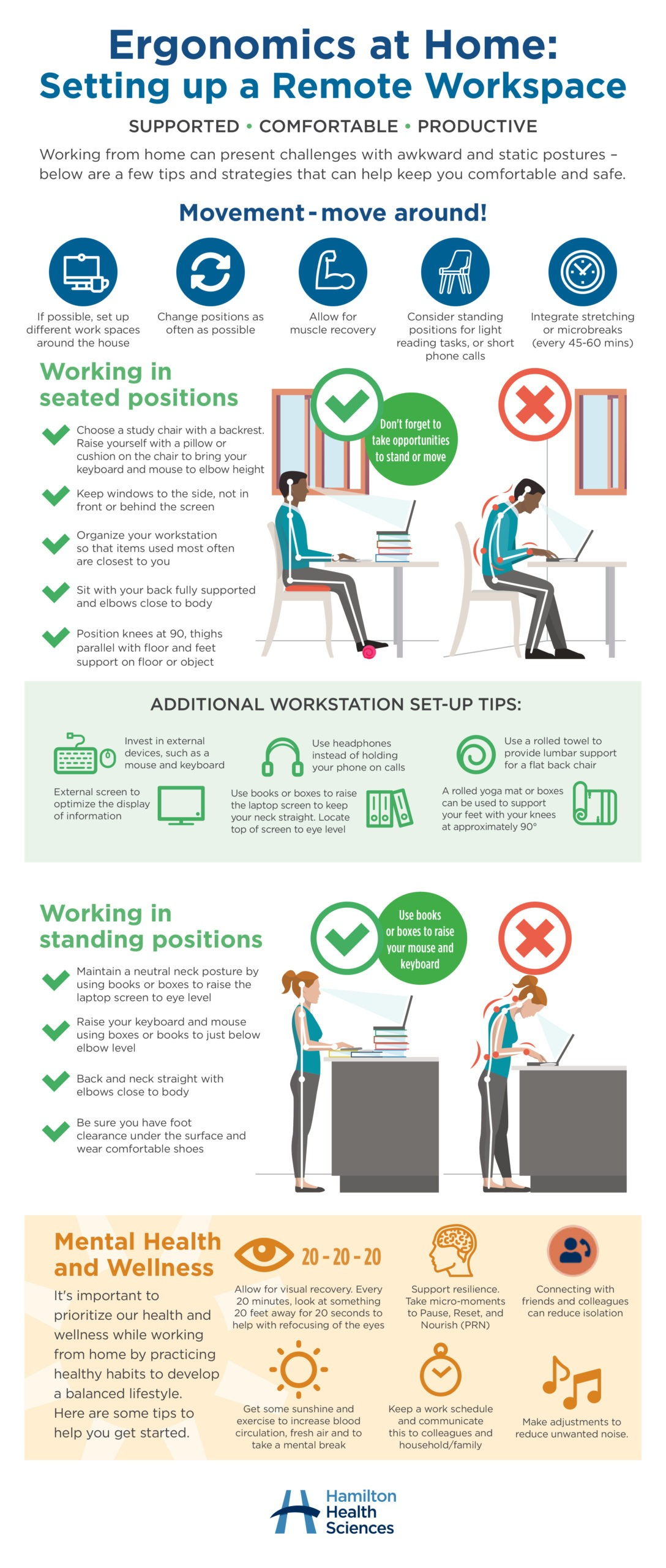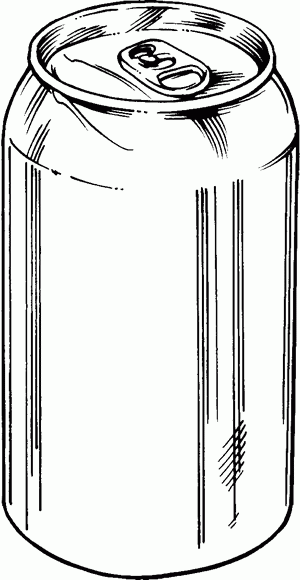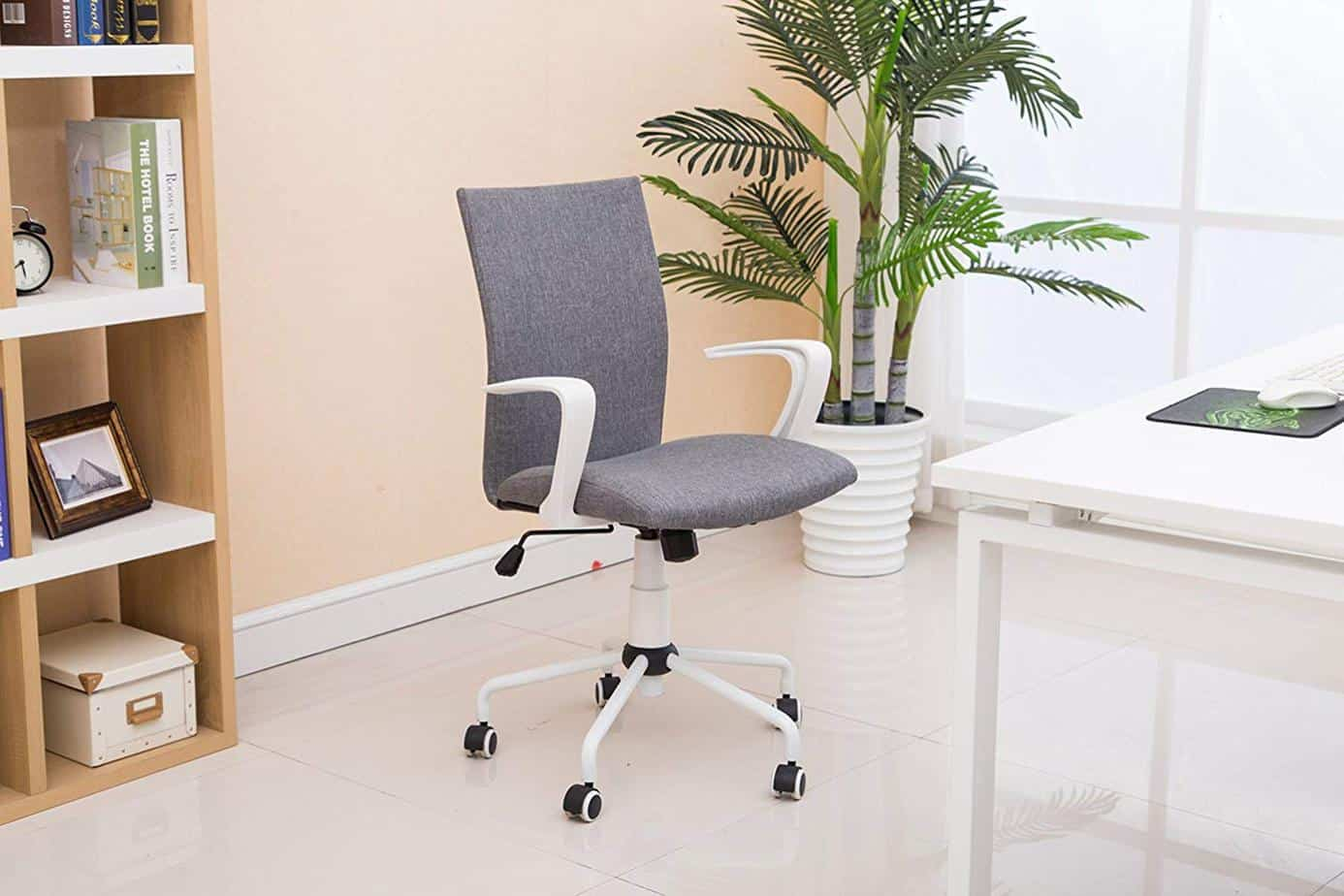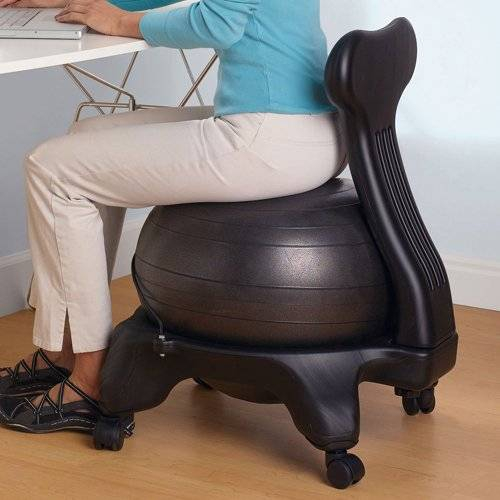We spend a significant chunk of our lives at our desks, right? That’s why the chair you choose isn’t just furniture; it’s a critical component of your daily comfort and your long-term health. A poorly designed chair can lead to aches, pains, and reduced focus, but the right one? It can be a game-changer for your productivity and overall sense of well-being. Let’s dive into what truly makes an office chair ‘robust’ and capable of offering that all-important lasting support.
It’s easy to overlook the importance of a good office chair. We often focus on our computer screens or the tasks at hand, letting our posture and comfort fall by the wayside. But think about it: hours upon hours spent sitting. If your chair isn’t built for the long haul, you’re setting yourself up for discomfort, potential injuries, and even decreased efficiency. So, what exactly should you be looking for when seeking that perfect, sturdy seat that will support you for years to come? It’s not just about aesthetics; it’s about functionality, ergonomics, and sheer durability.
The Foundation of Durability: Materials and Construction
When we talk about a ‘robust’ chair, the first thing that comes to mind is its construction. How is it put together? What is it made of? Look for chairs with a solid base, typically made from heavy-duty metal like steel or aluminum. Plastic bases, especially if they feel flimsy, are a red flag for long-term use. The same goes for the chair’s frame. A steel frame offers superior strength and resilience compared to plastic. The upholstery is another key area. High-quality fabric, genuine leather, or durable synthetic materials will withstand wear and tear much better than cheaper alternatives. Mesh chairs are popular for breathability, but ensure the mesh itself is tightly woven and reinforced. Check the warranty; a longer warranty often signifies the manufacturer’s confidence in their product’s durability. For instance, a chair with a 5- or 10-year warranty on its frame and mechanical parts is usually a good indicator of robust build quality.
Ergonomics: The Key to Lasting Support
A chair might be built like a tank, but if it doesn’t support your body properly, it’s not worth much. Ergonomics is all about designing furniture to maximize efficiency and comfort. For lasting support, you need adjustability. Think about lumbar support – this is crucial for maintaining the natural curve of your spine. Is it adjustable in height and depth? Armrests are also important; they should be adjustable in height and ideally pivot to support your forearms comfortably whether you’re typing or resting. Seat depth adjustment is another feature that’s often overlooked but vital. It allows you to position the seat so there’s a comfortable gap between the edge of the seat and the back of your knees, preventing pressure on your thighs. A good seat pan should also be slightly contoured to distribute weight evenly. Seat height adjustment is a given, of course, ensuring your feet can rest flat on the floor with your knees at a 90-degree angle.
The Importance of the Mechanism: Tilt and Swivel
The internal mechanisms of an office chair are where much of its functionality and durability reside. A chair that allows for tilt and swivel, and does so smoothly and reliably, is essential for dynamic sitting. Dynamic sitting means you can move and shift your weight naturally throughout the day, which is much healthier than remaining rigidly in one position. Look for chairs with a synchro-tilt mechanism, where the backrest and seat tilt together at a predetermined ratio. This encourages better posture and keeps your feet on the ground as you recline. A tilt lock feature is also beneficial, allowing you to secure the chair in an upright or reclined position. The swivel base should be smooth and stable, without any creaking or wobbling. Some chairs offer tension control for the tilt, allowing you to adjust how easily the chair reclines based on your body weight. This fine-tuning is what makes a chair truly adaptable and supportive over time.
Seat Comfort and Adjustability: Beyond the Basics
The seat itself plays a massive role in your comfort. A padded seat is good, but the type of padding matters. High-density foam will retain its shape and support much longer than low-density foam, which can compress and become uncomfortable over time. Waterfall edges – where the front of the seat slopes downward slightly – help reduce pressure on the back of your thighs and improve circulation. Beyond the basic height and depth adjustments, consider the seat’s width and contouring. Is it wide enough for you to sit comfortably without feeling constricted? Does it cradle your body in a way that feels supportive? Some chairs even offer seat tilt adjustments, allowing you to angle the seat pan forward or backward, which can be beneficial for certain postures or tasks. Don’t underestimate the power of trying a chair out if possible. Sitting in it for a few minutes can tell you a lot about its immediate comfort and potential for long-term support. Even a short test drive can reveal issues you might not notice otherwise.
Durability in Detail: Casters, Gas Lifts, and Wear Points
Let’s get into the nitty-gritty. The casters (the wheels) are often the first part to show significant wear. High-quality casters, often made with polyurethane, are quieter, smoother, and less likely to damage your flooring. They also tend to be more durable than cheap plastic ones. The gas lift cylinder is responsible for height adjustment. A robust gas lift will operate smoothly and hold its position reliably. Look for chairs that specify the class of the gas lift; Class 3 or Class 4 are generally considered more durable than Class 1 or 2. Also, consider the overall finish and seam construction of the upholstery. Are the seams reinforced? Is the material tightly stitched? These details can point to a chair that’s built to withstand daily use without unraveling or showing excessive wear too quickly. A chair that feels solid and well-balanced when you sit in it, without any creaking or instability, is a good sign.
Making the Right Choice: Balancing Features and Needs
So, how do you put it all together? Start by assessing your own needs. What kind of work do you do? How many hours do you spend sitting? Do you have any pre-existing back issues? Once you have a clearer picture, prioritize the features that will benefit you most. A chair with excellent lumbar support and adjustable armrests might be more important than a headrest, for example. Don’t be afraid to spend a bit more for quality. A well-built, ergonomic chair is an investment in your health and productivity that will pay dividends over time. Read reviews from multiple sources, and if possible, try chairs in person. Look for brands known for their quality and customer service. Remember, a robust office chair isn’t just about lasting physical structure; it’s about providing consistent, comfortable, and healthy support for your body, day in and day out.
Choosing a robust office chair is a decision that impacts your daily life significantly. By focusing on solid construction, thoughtful ergonomic design, reliable mechanisms, and comfortable, adjustable seating, you’re setting yourself up for years of productive and pain-free work. Don’t settle for less when it comes to something you use for hours every single day. Invest wisely, and you’ll find that the right chair is more than just a place to sit; it’s a partner in your well-being and a catalyst for your best work. Your spine, your muscles, and your focus will all benefit from this crucial choice.

